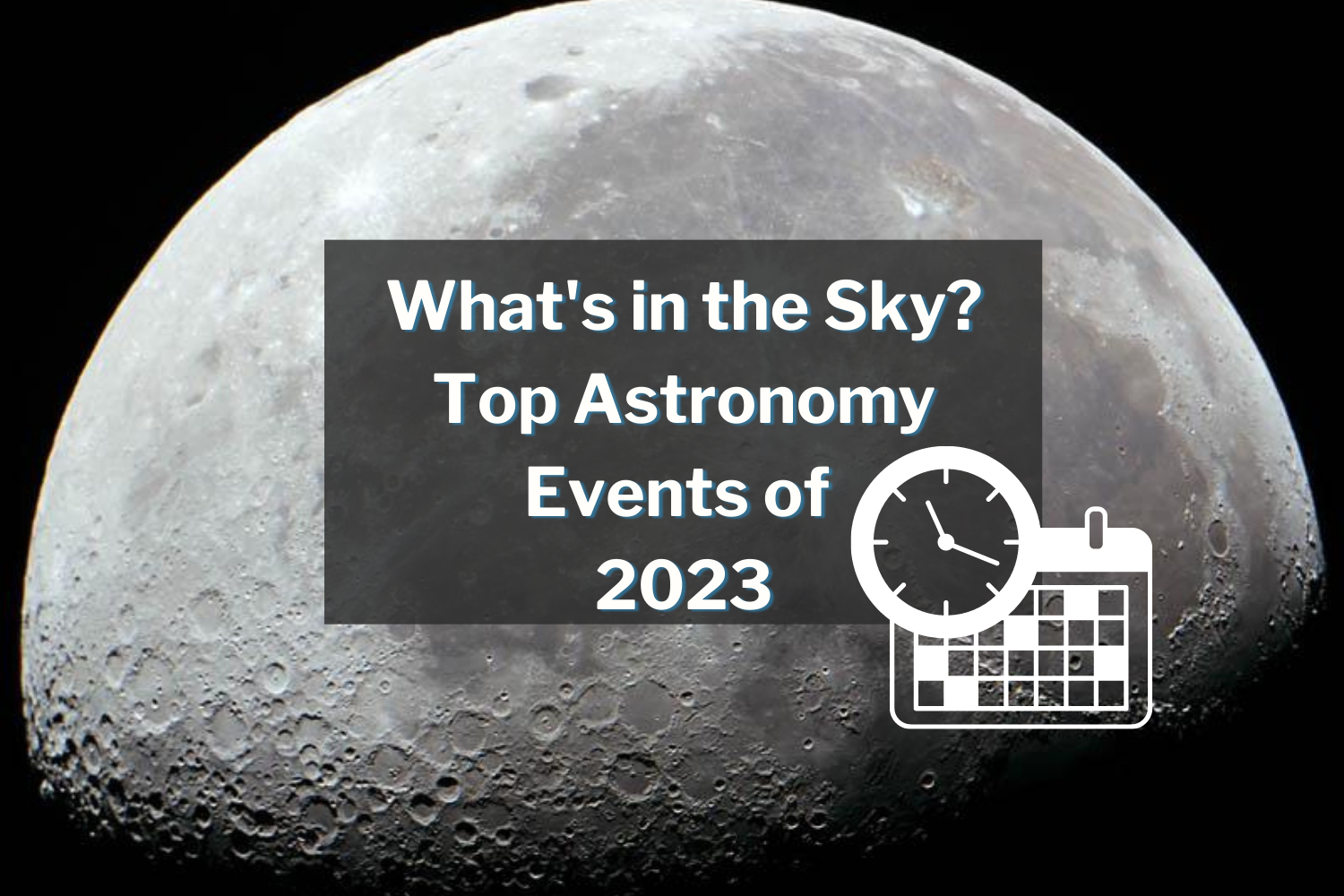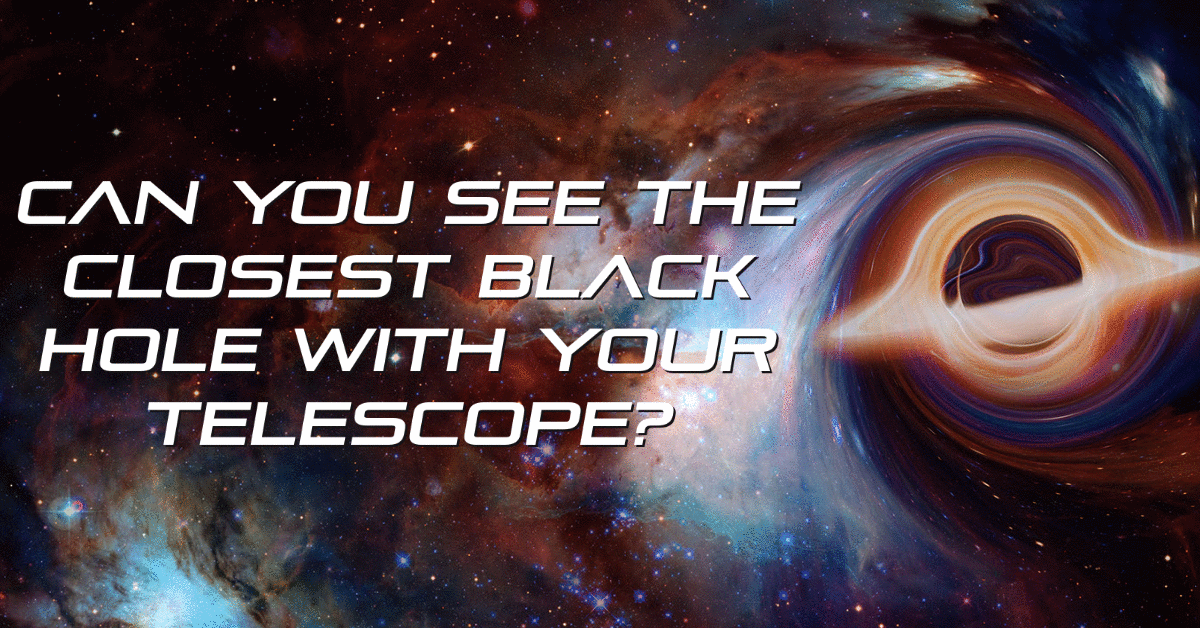What's in the Sky? Top Astronomy Events of February 2022
Many of these events can be viewed by the naked eye. Click here to learn more about stargazing without a telescope!
An overview of the main events of the month of February

February 2nd – Conjunction of Jupiter and the Moon
On this date, Jupiter and the Moon will be separated by approximately 5 degrees. Falling one night after a new moon, the Moon will be but a sliver in the sky.
This event can be viewed by the naked eye. To see in detail, we recommend using a pair of binoculars.
February 8th – The Moon, Mercury, and Alpha Centaurid
The Moon will pass the first quarter phase on this night. On this night, almost half of the Moon will appear fully illuminated.
The Alpha Centaurid meteor shower will be active from 28 January to 21 February, producing its peak rate of meteors around 8 February
February 9th – Venus
On the night of the 9th, Venus will reach its greatest brightness. It will be visible around sunrise.
February 12th – Conjunction of Venus and Mars
On this night, there will be a conjunction of Venus and Mars. The two will share the same right ascension. This event will be best viewed a few hours before dawn. The pair will be too far apart to fit together in the same field of view through a telescope, however, it will be visible to the naked eye. To view in clearer detail, we recommend using a pair of binoculars.
February 16th – Full Moon and Mercury
On this night, the Moon will reach full phase. It will rise around dusk and set around dawn. As with the Wolf Moon in month of January, February’s full moon is also known by another name: the Snow Moon. On the night of the 16th, the Moon will reach full phase and will be visible for a majority of the night.
Additionally, Mercury will reach its greatest separation from the Sun in its January/March morning apparition. This apparition will be a little tricky to view, but it will still be visible to the naked eye.
February 19th – M81
On the 19th, Bode’s galaxy (also known as M81) will be highest in the sky for Northern Hemisphere observers. This galaxy is located in Ursa Major. This galaxy is not visible to the naked eye, but can be viewed with any size telescope, or by using a pair of binoculars. This night falls shortly after a full moon, so some lunar interference may occur.
February 21st – Venus at highest altitude
On the 21st, Venus will reach its highest point in the sky in its morning apparition of this year.
February 23rd – Moon at last quarter
The Moon will pass the last quarter phase in its cycle. At this time, the Moon will appear almost exactly half illuminated. You can view this event with the naked eye, binoculars, or any size telescope!
February 26th – Conjunction of Venus and the Moon
Venus and the Moon will be in conjunction. The pair will be too widely separated to fit within the field of view of a telescope or pair of binoculars, but will be visible to the naked eye.
February 27th – Conjunction of the Moon and Mars
On the night ofthe 27th, the Moon and Mars will make a close approach to each other.They will be too widely separated to fit within the field of view of a telescope, but will be visible to the naked eye or through a pair of binoculars.
Overview of the Top Astronomy Events of 2022

Which events are you looking forward to next? Did we miss anything, or is there more that you would like to learn about? Leave a comment below!
Be sure to follow us on social media as well:











